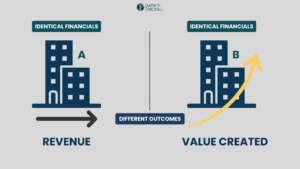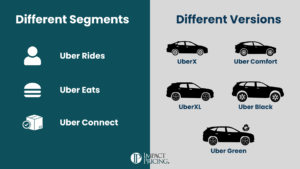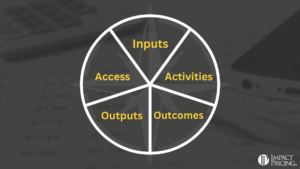Price segmentation is the act of selling the same product to different people at different prices. For example, two people sitting in coach class on a flight purchased the same experience (flying from Point A to Point B); however, they probably paid different prices. Another example – students often get discounts at the cinema.
The most common method of price segmentation uses product differentiation; it’s a method we see all around us, but can be hard to recognize at times. What I mean by product differentiation is selling different levels of products to different people at dramatically different prices.
Examples of Product Differentiation
Here’s an example.
I went through the Burger King drive through the other day and ordered a Whopper for $2.39. They asked if I’d like cheese, and of course, I said yes. My Whopper with cheese was $2.69. It was 30 cents for a mere slice of cheese! So, how is this an example of price segmentation? People who are price sensitive would likely never pay an extra 30 cents for a slice of cheese, but people who aren’t price sensitive would.
This kind of price segmentation is usually called versioning. As the name implies, we create different versions of a product for customers with different willingnesses to pay. In this case, we have two versions: a Whopper with cheese and one without.
Here’s another example.
I still remember shopping for my first brand new car about 30+ years ago. After I picked out the car, it was time to decide on the options. At the time, a radio for the car cost an extra $1,000. I could purchase a radio at an electronics store for less than $100 – what a rip off! I ended up buying a radio later and installing it in the car myself.
The car dealers were using price segmentation. They could sell the bare-bones car to someone like me and still make a little profit. But when selling to someone willing to pay more, they make even more profit by selling the car with the factory radio included.
In contrast, these days, car options usually come in pre-set packages, so it’s difficult to tell if you’re paying too much. This is still versioning, however.
Now, we can’t finish the topic of price segmentation without talking about airlines. I recently looked up the price of a flight from San Francisco to LaGuardia in New York. The coach seat was $310, and the first-class seat was $3,000. WOW! Now that’s price segmentation. Anybody wealthy enough to afford the first-class ticket would probably purchase it just to be more comfortable for the 5-hour flight, but anyone who was price sensitive definitely would not.
It’s important to note that versioning is not new. Here is a quote from a 19th-century economist on the railway travel business. “It is not because of the few thousand francs which have to be spent to put a roof over the third-class carriages or to upholster the third-class seats that some company or other has open carriages with wooden benches. What the company is trying to do is to prevent the passengers who pay the second class fare from traveling third class; it hits the poor, not because it wants to hurt them, but to frighten the rich.” Jules Dupuit, 1849
Did you catch that? Third class rail travel was hard benches WITHOUT A ROOF. I’m sure the airlines are trying to think of a way to model this today.
The action you can take today.
What products do you currently sell with different versions? Are you charging enough for the highest level? Are you charging too much for the lowest level? And if you don’t have versions for your products, what’s one thing you can do to create them?















